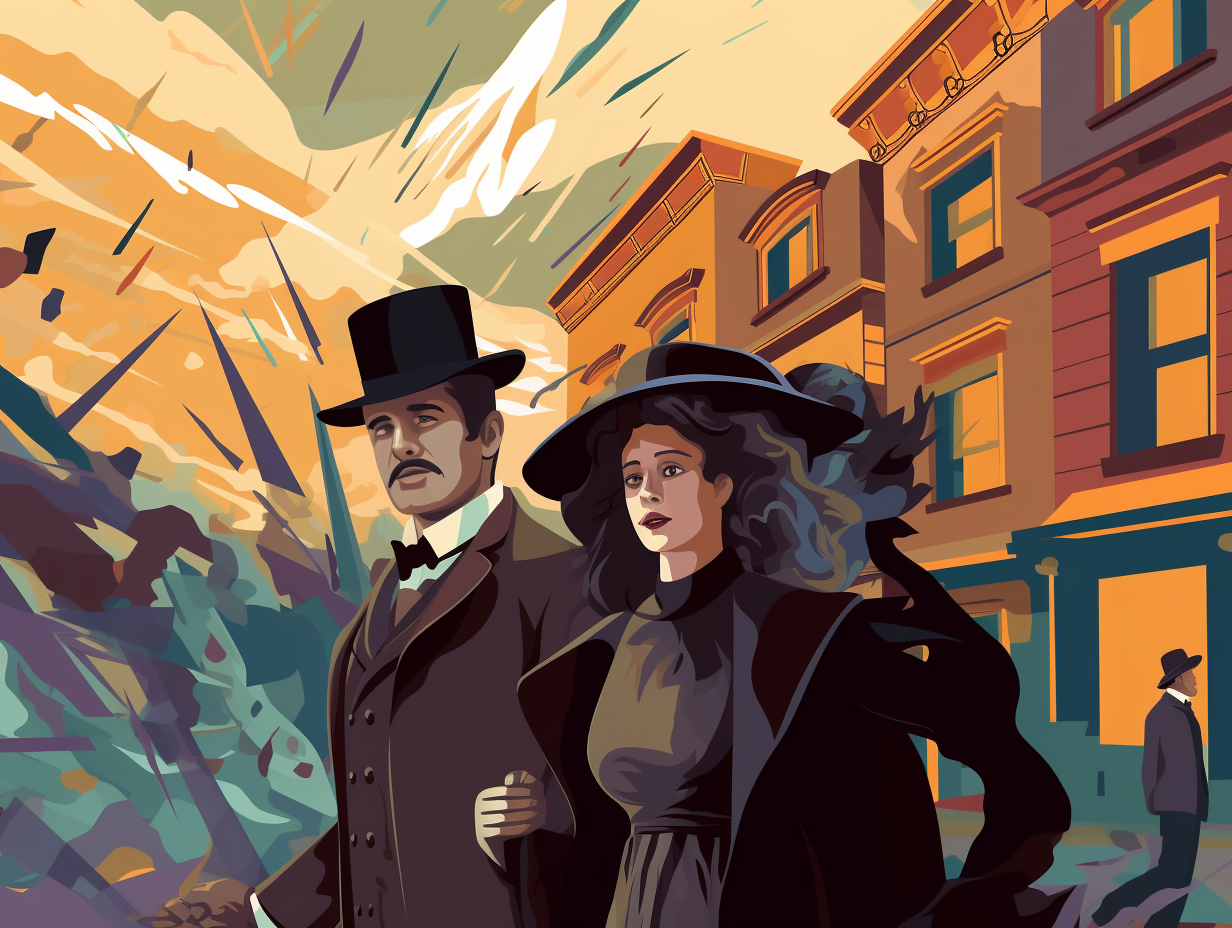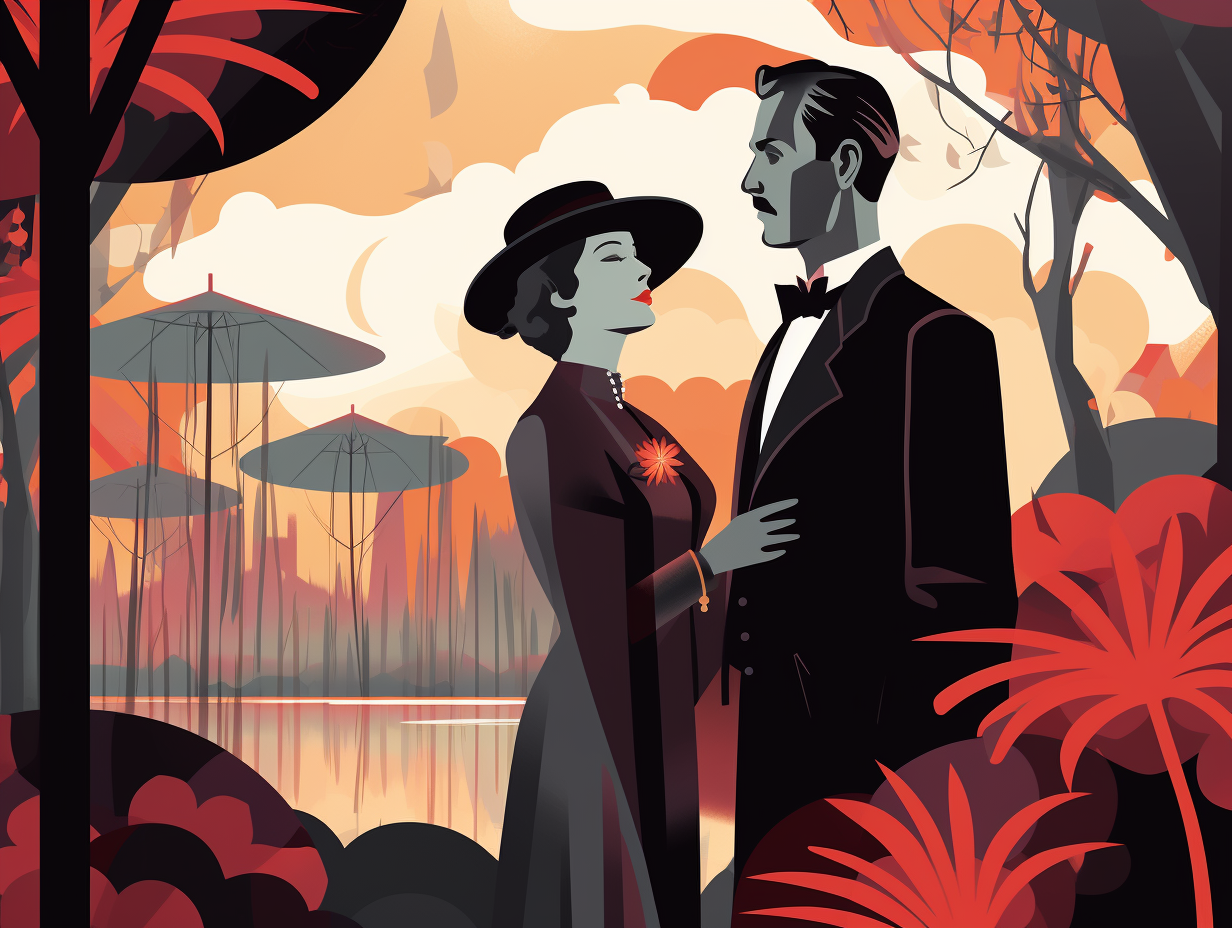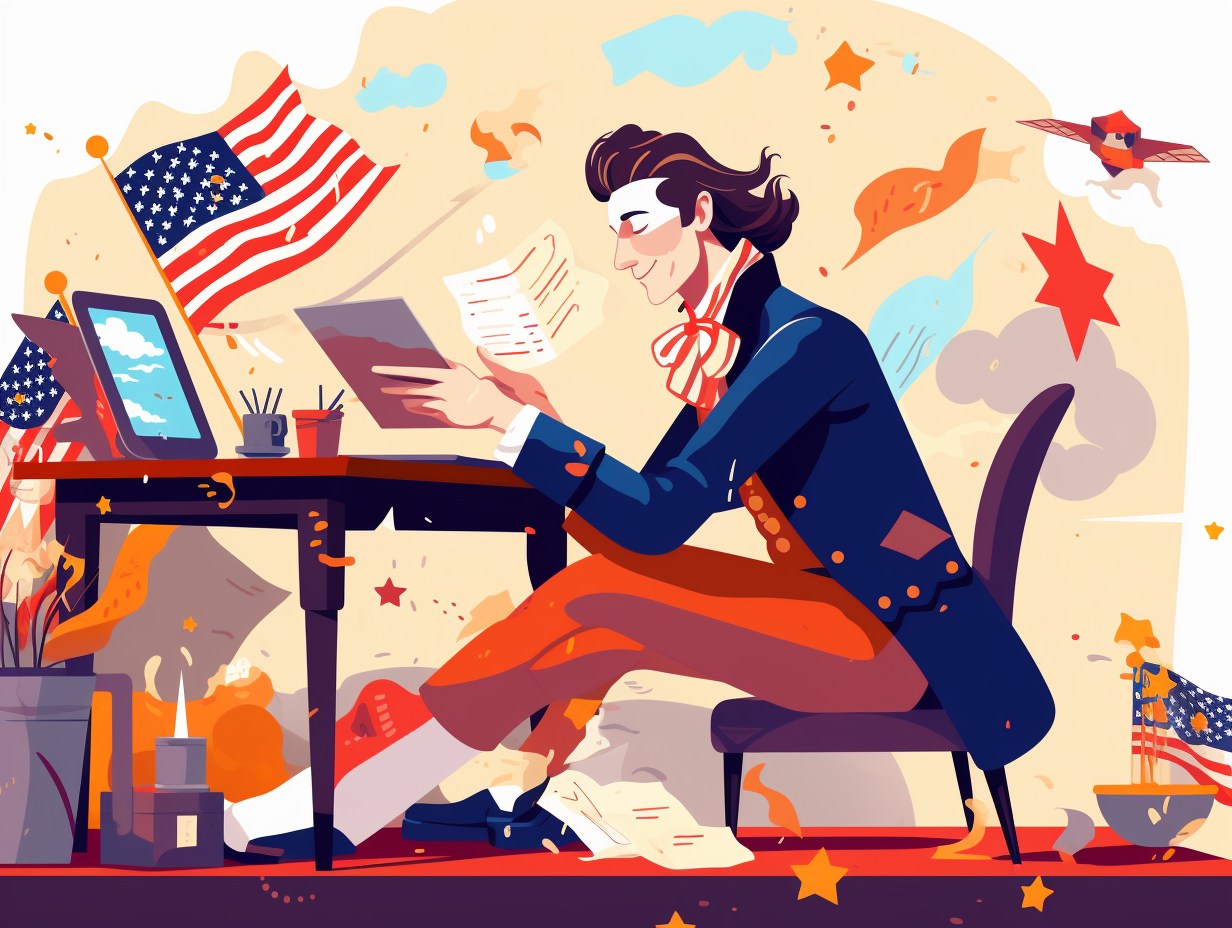Discover 1909: Top 5 Astonishing Fun Facts from a Year Packed with Surprises and Milestones

1. Netflix and Taft
Before "Netflix and Taft" was even an idea: In 1909, William Howard Taft became the 27th President of the United States, going down in history as the one and only person to hold both the positions of President and Chief Justice of the United States.
Source => en.wikipedia.org
2. Trouser Fly Origins
Next time you're zipping through life too fast, remember to thank Gideon Sundback, the fast(ener)-thinking genius behind your trusty trouser fly: In 1909, Sundback was promoted to head designer at Universal Fastener Company and eventually invented the "Hookless Fastener No. 1" in 1913, leading to the modern zipper's creation in 1914. It took another 20 years for zippers to become a fashion staple, securing their place in every wardrobe!
Source => en.wikipedia.org

Did you know that during the 1906 San Francisco earthquake, roads and fences literally played hopscotch, with some offsets reaching a massive 21 feet? Discover more astonishing details!
=> Fun Facts about The-San-Francisco-Earthquake-Of-1906
3. Stamp Paper Pioneers
Back in 1909, experts in the paper-shrinking industry concocted a plan that could have made your Granny's hardtack recipe proud: mixing wood pulp and rag like an old-world lasagna, to create a formidable fusion to combat paper shrinkage on stamp paper. But alas, this tantalizing tale of textiles came to a tragic end: the Bureau of Engraving and Printing's experiment to add 1/3 rag stock to wood pulp only lasted a brief time, resulting in an unsuccessful outcome and very rare, highly sought-after bluish-paper stamps among collectors.
Source => mysticstamp.com
4. Monopoly's Humble Beginnings
Before Monopoly came on board: Lizzie Magie patented "The Landlord's Game" in 1904 and secured a second patent in 1924, aiming to teach players about Georgism – an economic system that wanted to put the "tax" in "ta-xonomy". This quirky early iteration would eventually pave the way for the game that's now synonymous with family feuds and endless hours of property-passion.
Source => en.wikipedia.org

5. Synthetic Indigo Revolution
Feeling blue about expensive dyes in the 1900s? Don't worry, they've got your hue covered: Synthetic indigo, a game-changer in the fashion industry, was actually synthesized by German chemist Adolf von Baeyer in the 1860s and became a cheaper, widely used alternative to natural indigo in the early 20th century.
Source => medium.com
Related Fun Facts




















